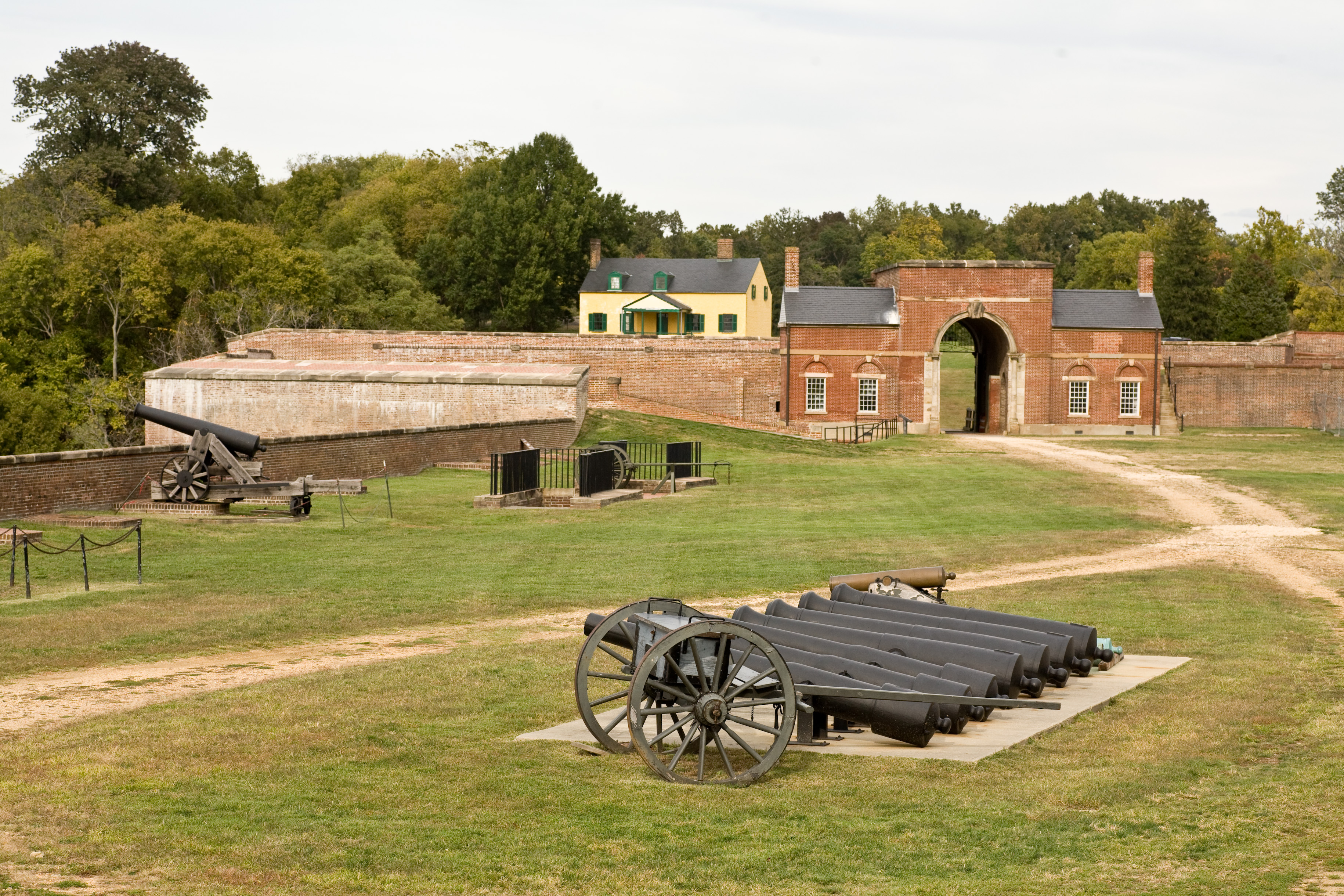Redefining Monuments: Fort Washington Park, A Hidden Gem
Planning a visit? Check out the Fort Washington Park page for visitor info, directions, and what to do when you get there.

Introduction
Perched above the serpentine curves of the Potomac River lies an often overlooked jewel of both historical and natural wonder - Fort Washington Park. This 341-acre park nestled within suburban Maryland showcases a captivating blend of ancient forests, flourishing wildlife habitats and significant heritage sites. Be prepared to step back in time as you follow trails etched into history and unravel the fort’s dramatic role in American history.
Historical/Cultural/Geological Background
Nestled amidst coastal plains, the geological backdrop shaping this landscape is equally enriching. With extensive wetlands providing refuge to migratory birds and ancient hardwood forests offering a canopy under which deer roam free - the park presents a biodiversity hotspot teeming with opportunities for avid nature enthusiasts.
Activities Guide
Whether you’re a die-hard historian or an outdoor adventurer at heart, Fort Washington Park maintains an array of activities to satisfy all interests.
History buffs will relish exploring the well-preserved fortress structure with its expansive ramparts offering stunning vistas across DC’s skyline. Regularly scheduled reenactments breathe life into the past, allowing visitors an immersive experience.
Nature lovers can hit the park’s extensive network of trails that traverse varying landscapes. The 3-mile long Potomac Heritage Trail promises a picturesque route through lush woodlands, delicate marshes and along serene riverbanks.
Fishing enthusiasts should come prepared with their rod to try their luck in the productive waters of Swan Creek while birdwatchers will be captivated by the diversity of winged residents.
Visitor Information
Venturing around Fort Washington Park is a breeze given its strategic location just 12 miles south of Washington DC. Open year-round, from dawn till dusk, admission is free but some activities may require special permits. On-site amenities include picnic areas, restrooms, a visitor center offering detailed information and guided tour options.
Tips for Different Visitors
Families visiting with children can enjoy picnics in designated areas and attend ranger-led educational programs tailored for young minds.
Photographers should not miss golden hour at the fort’s ramparts- when sunset hues beautifully illuminate the historic edifice against dramatic skies!
Visitors should ensure to wear comfortable walking shoes given varied terrains and always carry water and sunscreen during warmer months.
Regional Context
The park falls within the larger network of National Capital Parks-East which includes green spaces like Kenilworth Aquatic Gardens or Oxon Run National Parkway all within easy drive distance. Visiting them could offer an extended exploration of nature and heritage around the national capital region.
Conclusion
In essence, Fort Washington Park offers a unique blend of historical exploration and nature-based recreational pursuits closer to America’s heartland than one might expect. With a vast array of activities to choose from, every visitor is sure to have memorable experiences steeped in history and serenity alike.
Frequently Asked Questions
What are the operating hours and admission fees for Fort Washington Park?
Fort Washington Park is typically open year-round, though specific hours may vary by season. Most national parks charge an entrance fee, but some sites are free to visit. Check the official NPS website for current hours and fee information.
How long should I plan for a visit to Fort Washington Park?
A typical visit to Fort Washington Park can range from a few hours to a full day, depending on your interests and the activities you choose. Allow extra time for hiking, photography, and exploring visitor centers.
What should I bring when visiting Fort Washington Park?
Essential items include comfortable walking shoes, water, snacks, sunscreen, and weather-appropriate clothing. Bring a camera to capture the scenic views and consider binoculars for wildlife viewing.
What is the best time to visit Fort Washington Park?
The best time to visit depends on your preferences and the activities you plan to enjoy. Spring and fall often offer pleasant weather and fewer crowds, while summer provides the longest daylight hours.
Is Fort Washington Park accessible for visitors with mobility needs?
Many areas of Fort Washington Park are accessible to visitors with mobility needs, including paved trails and accessible facilities. Contact the park directly for specific accessibility information and current conditions.


